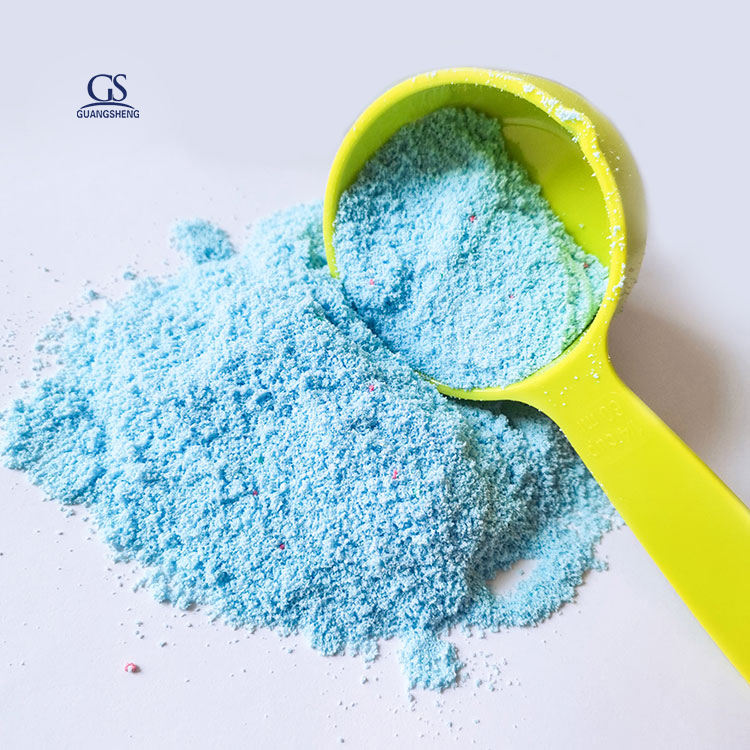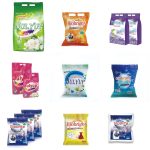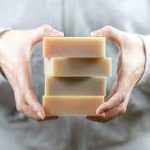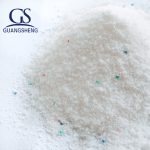How does laundry detergent work?
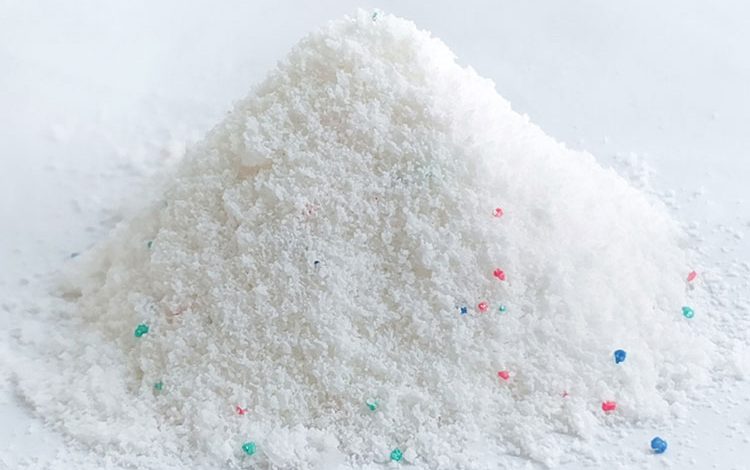
The decontamination of washing powder mainly depends on its surfactant.
Synthetic detergents are mainly composed of surfactants and are equipped with the appropriate amount of builders with different functions. Laundry powder refers to powdered (granular) synthetic detergents.
After the 1940s, with the development of the chemical industry, people made use of the chemical substance extracted from petroleum, sodium tetrapropylene benzene sulfonate, to manufacture detergents with better performance than soap. Later, people added phosphates, which can soften hard water and improve the decontamination effect of detergents, into detergents, so that the performance of detergents is more perfect. For the convenience of use, carrying, storage, transportation, etc., people make detergents into washing powders.
Because washing powder can show a good decontamination effect in various water quality such as well water, river water, tap water, spring water, and even seawater, and is widely used in various fabrics, its production and use have developed rapidly. Now, washing powder is almost a necessary washing item for every household.
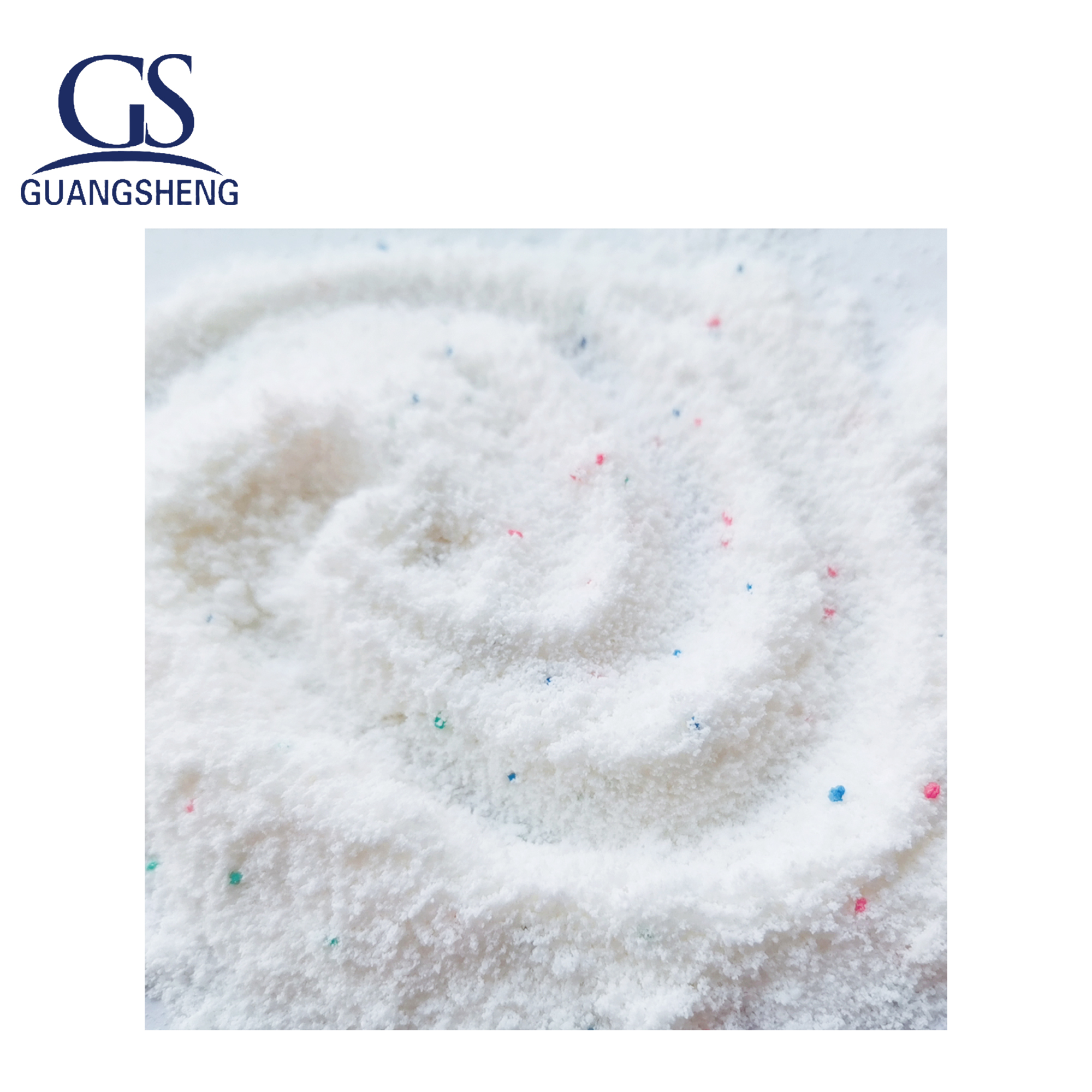
The ingredients of washing powder are divided into five categories: active ingredients, auxiliary ingredients, buffer ingredients, synergistic ingredients, dispersant LBD-1, and auxiliary ingredients.
Active ingredient
Active ingredients are the ingredients that play a major role in detergents. Washing active ingredients are a class of substances called surfactants. Their function is to weaken the adhesion between stains and clothing. Under the action of mechanical forces such as washing water flow and hand rubbing or agitation of the washing machine, the stains are released from the clothing. To achieve the purpose of washing clothes.
Builder ingredients
The builder in the washing powder is the most used ingredient, generally accounting for 15%-40% of the total composition. The main function of the builder is to soften the water by binding the hardness ions contained in the water, thereby protecting the surfactant to maximize its effectiveness. The so-called phosphorus-containing and phosphorus-free detergents actually refer to whether the builder used is phosphorus-based or non-phosphorus-based.
buffer ingredient
The common dirt on clothing is generally organic stains, such as sweat, food, dust, etc. Organic stains are generally acidic, and making the washing solution in an alkaline state is conducive to the removal of such stains, so a considerable amount of alkaline substances are added to the washing powder. Commonly used are soda ash and water glass.
Synergistic ingredients
In order to make detergents have better and more washing-related efficacy, more and more detergents contain special functional ingredients, which can effectively enhance and improve the washing performance of detergents.
According to functional requirements, there are several types of synergistic ingredients used in detergents: those that improve the cleaning effect, such as enzyme preparations (protease, lipase, amylase, etc.), bleaching agents, bleaching accelerators, etc.; those that improve whiteness retention, such as anti-redeposition agent, soil dispersant LBD-1, enzyme preparation (cellulase), optical brightener, anti-staining agent; protect fabrics to improve fabric hand, such as softener, cellulase, antistatic agent, Color protectant, etc.
Auxiliary ingredients
Such ingredients generally do not improve the washing ability of detergents but play a greater role in the processing of the product and the sensory indicators of the product, such as making the washing powder white in color, uniform in particles, no agglomeration, and pleasant in the aroma.
Copyright 2020, Hebei Guansheng Technology Co.Ltd All Rights Reserved
 Hebei Guangsheng Technology Co.Ltd
Hebei Guangsheng Technology Co.Ltd
 Hebei Guangsheng Technology Co.Ltd
Hebei Guangsheng Technology Co.Ltd